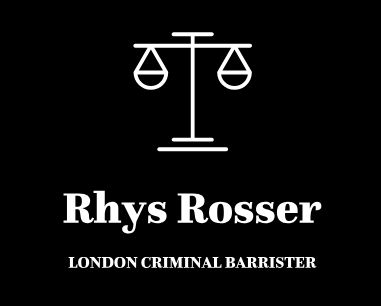What do I do if I have had items seized?
It is well known that cash can be seized and accounts can be frozen. However, it is increasingly common that the authorities are seizing items such as watches and jewellery.

The power to seize items arises from the Proceeds of Crime Act 2002. Items of property of value are described in the act as “listed assets”.
A “listed asset” is defined in POCA Section 303B as being:
1. precious metals;
2. precious stones;
3. watches;
4. artistic works;
5. face-value vouchers;
6. postage stamps.
The power to seize these items is governed by Section 303J. This allows a relevant officer to seize items where there are reasonable grounds to suspect a listed asset (as set out above) is recoverable property or is intended for use in unlawful conduct.
Recoverable property is defined in Section 242 of POCA. This is where the item has been received through unlawful conduct i.e. criminal conduct.
Once the item is seized, an application will be made to the Magistrates Court for detention of the item. This is for a maximum of 6 months after which there will need to be a further application to extend. The maximum length of total detention is two years, after which the items must be returned or an application for forfeiture made. A Court may only order further detention where there are reasonable grounds to suspect the listed asset is recoverable property.
An application for forfeiture will ordinarily be a contested hearing where the Officer gives evidence. These can be opposed by anybody with a proprietary interest in the asset that has been seized.
In order to forfeit goods, the Court must be satisfied that it is more likely than not that the goods are recoverable property i.e. the proceeds of crime or intended for use in crime.
The standard of proof is the balance of probabilities, this means that these cases can be hard to contest. It is vital to put together evidence at an early stage and to liaise with the investigating authorities, as this can be helpful to support the suggestion that the evidential standard has not been reached. It is also important to prepare witness statements and exhibits to counter the allegations made by the Applicant.
Fill in the Below to Contact Rhys and to obtain legal advice










